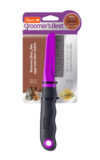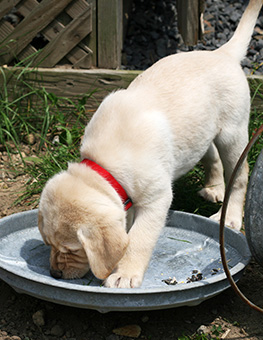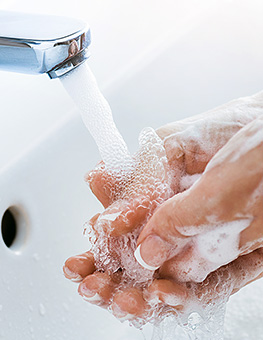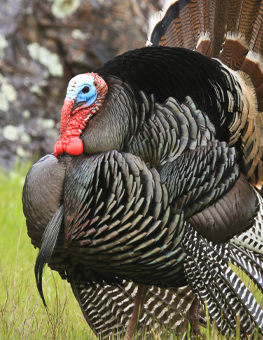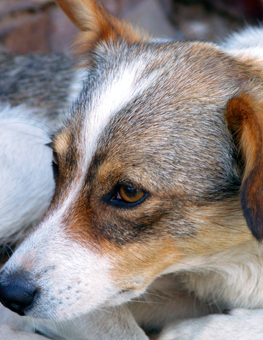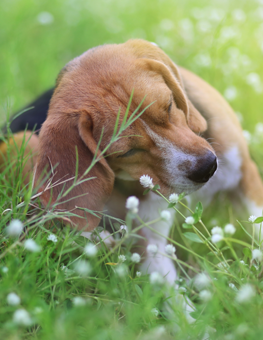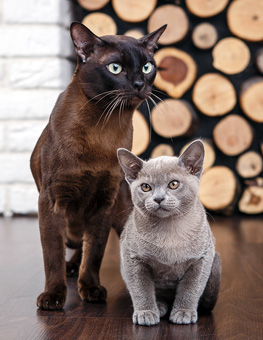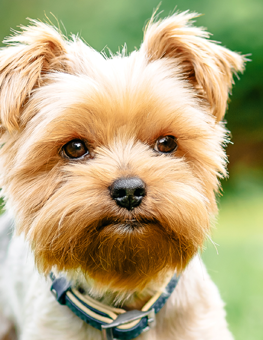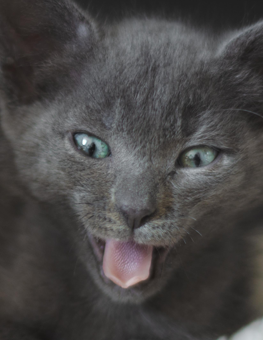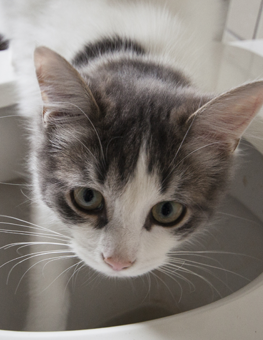How Do I Know if My Dog Has Fleas?
Fleas are the most common external parasite that can affect your dog.
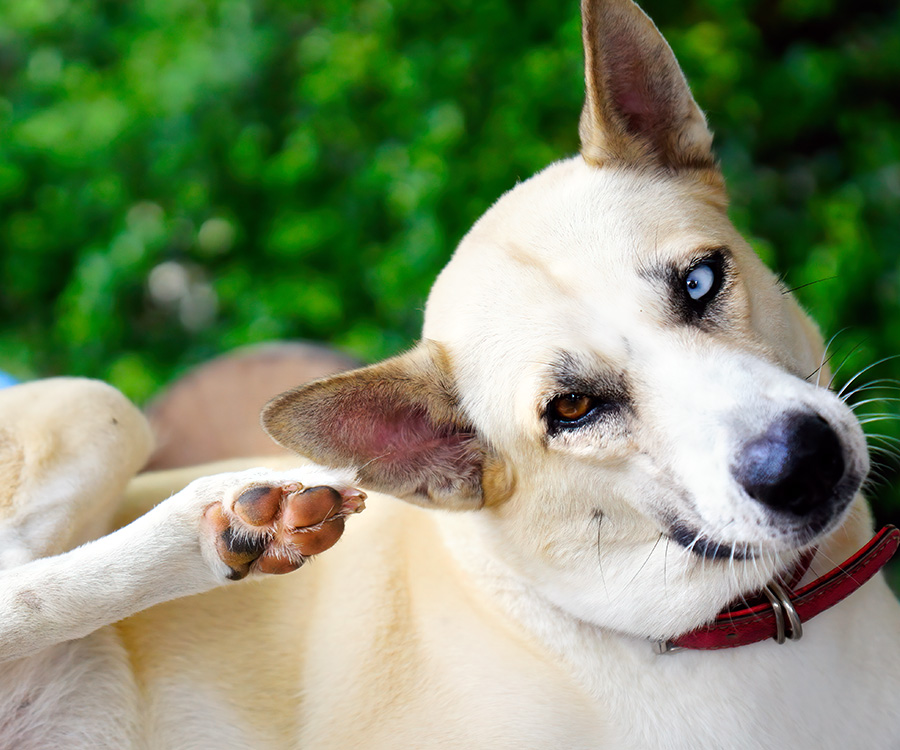
Dogs can be allergic to the protein in flea saliva and will scratch as soon as the flea bites their skin.
Left untreated, chronic infestations not only make your dog miserable but can lead to infection and more serious flea-related diseases. Being aware of the signs and symptoms of flea infestations, along with prompt treatment, will help you keep your dog and her environment healthy.
Symptoms of Dog Flea Allergies
- Itching and scratching: Like all parasites, fleas depend upon a host animal for their survival - in this case, your dog’s blood. Dogs can be allergic to the protein in flea saliva and will itch or scratch as soon as the flea bites the dog’s skin. Even a single flea bite can cause a dog to become nervous or agitated and scratch excessively for several days.
- Red pimples or bumps: These symptoms may appear on your dog’s groin or belly, under the legs, at the base of her tail or on her behind (rump). Constant itching or scratching of these areas can result in hair loss and dry skin. Left untreated, crusty lesions and infection can develop and lead to more severe flea-related diseases.
How to Check Your Dog for Fleas
Can you see fleas on a dog? Make it a habit to check your dog’s comb or brush during regular grooming sessions. If you suspect a problem, there are several ways to check your dog for fleas.
- Visual check: Adult fleas are small and brown and are relatively easy to see with the naked eye. Have your dog lie on her side and check thinly-haired areas like her abdomen or the inside of her hindquarters.
- Flea comb: Fine-toothed, metal flea combs are available from your vet or local pet supply store. Run the comb along her back or underbelly applying enough pressure so the comb comes in contact with her skin. Adult flea feces – commonly called flea dirt – look like small black pepper specks. Have a small bowl of soapy water handy to drown any adult fleas you may pull up with the comb so they don’t hop back onto your dog.
-
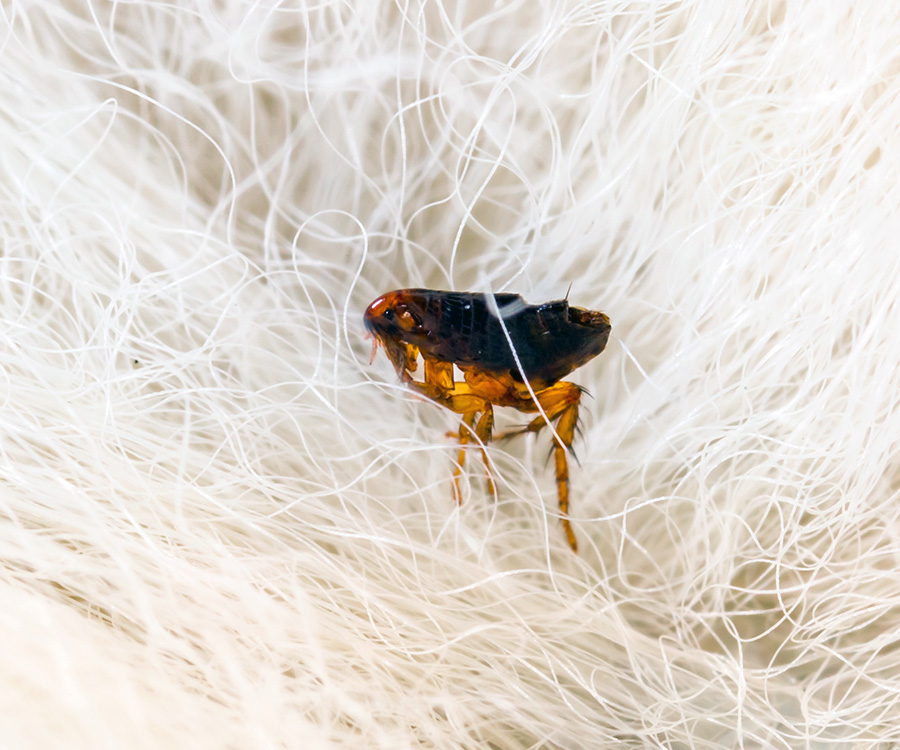
Adult fleas are small and brown and are relatively easy to see with the naked eye.
White towel test: Have your dog stand on a white paper towel or cloth. Brush or rub her coat and check to see if there are black droppings on the towel. Flea dirt will look like tiny grains of sand and will turn red if water is applied.
If you can’t detect any fleas, flea dirt, or eggs, but your dog continues to scratch or seems uncomfortable, have your veterinarian check her. There is a skin test your vet can administer to test for flea allergies. It’s also possible that your dog is suffering from another type of allergy such as a food, atopic, or contact allergy which the vet can diagnose during your visit.
Safely Rid Your Home and Dog of Fleas
Adult fleas can continue to reproduce and thrive on your dog and in your home until you break their life cycle. Fortunately, there are safe and effective treatment options. From powders and sprays to shampoos and topical liquids, numerous products are available to prevent or eliminate fleas and treat your dog’s surroundings.
Hartz offers a complete pest management system designed to prevent fleas from attaching to your dog and to break the 4-stage flea life cycle if your dog is already infested. In severe cases, you may need to contact your vet who can treat your dog with creams and antibiotics. Either way, prevention and/or prompt treatment are the best ways to ensure that your dog avoids developing a more severe flea-related disease down the road. For more information on flea prevention, visit the Hartz® UltraGuard® page.



